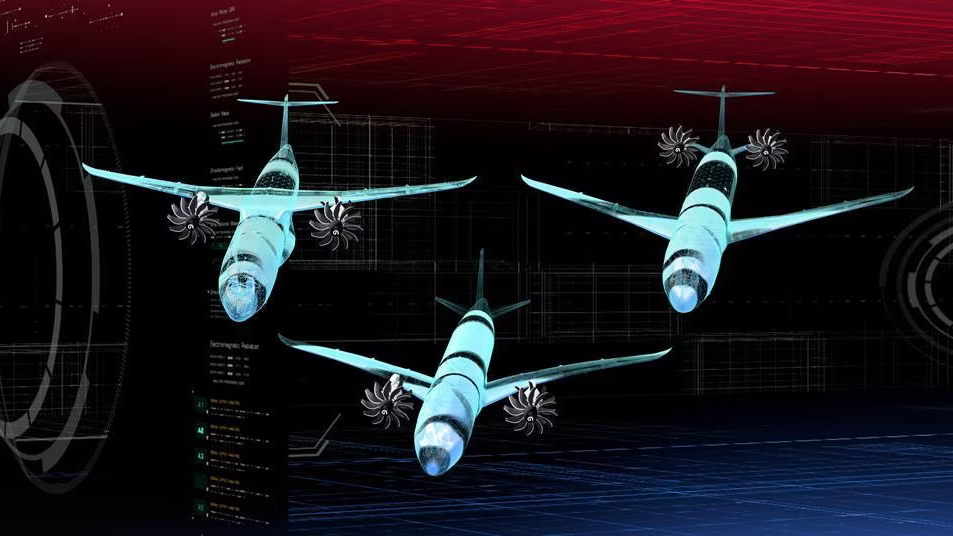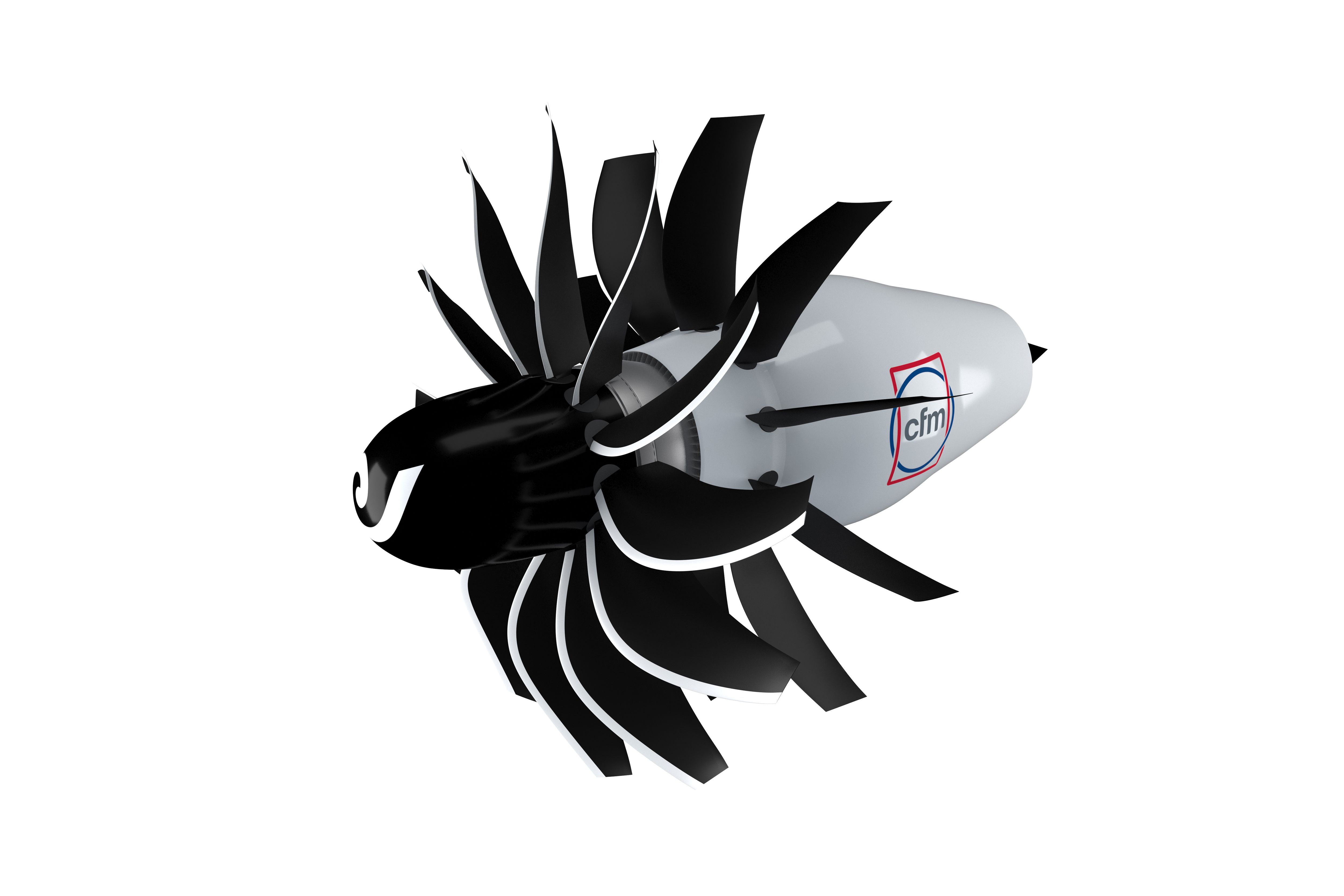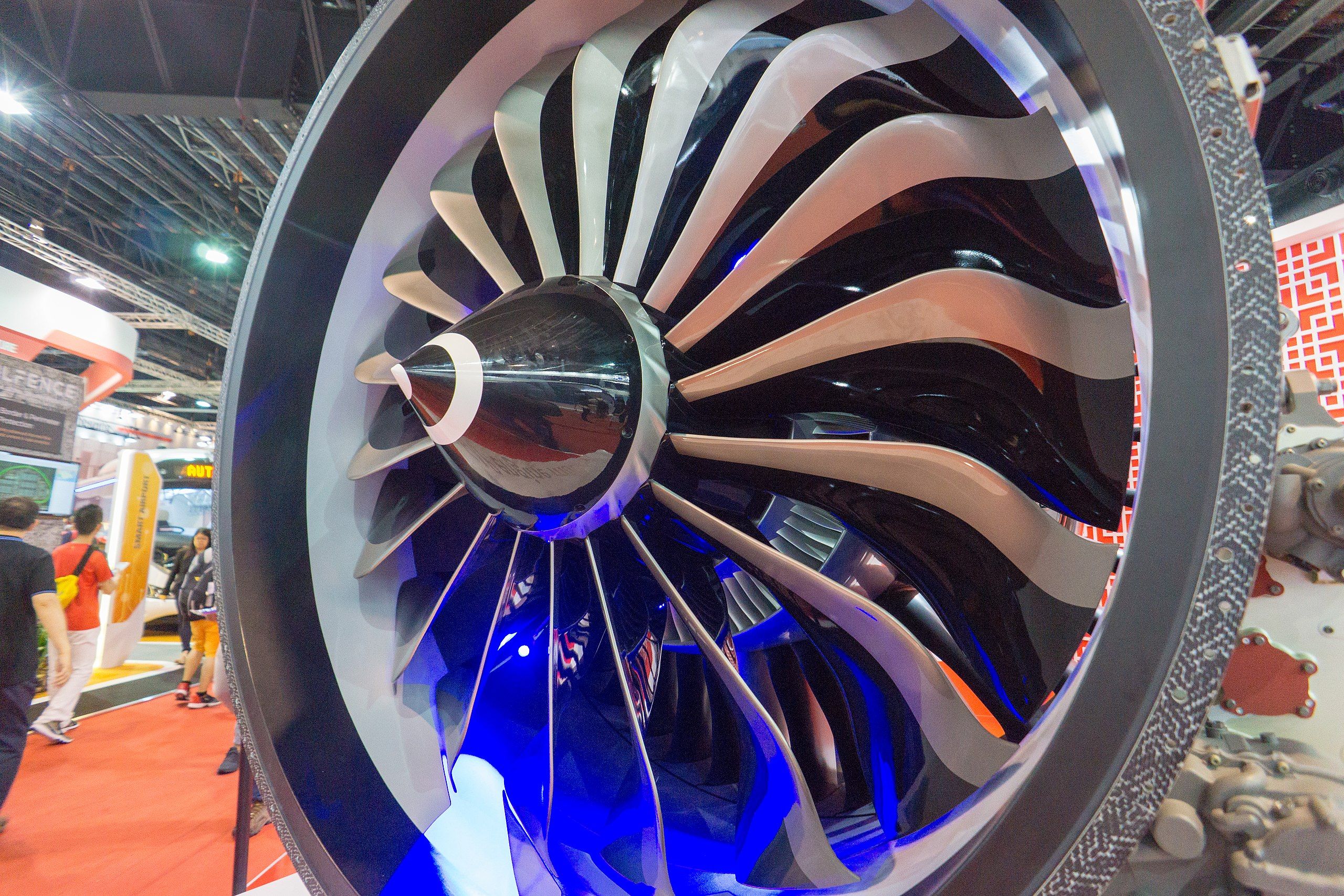Summary
- CFM International is developing an open fan engine architecture through its RISE program to increase fuel efficiency and reduce carbon emissions in next-generation engines.
- The technology features variable pitch compressor blades, modulating vanes, advanced low-pressure turbines, a compact core, and hybrid electric solutions.
- CFM aims to achieve a 20% reduction in fuel and carbon emissions, and the technology will be compatible with alternative fuels like SAF and hydrogen.
CFM International (CFM), a joint venture between GE Aerospace and Safran Aircraft Engines, is a leading manufacturer of modern jet engines. Irrespective of the fuel efficiency of modern engines, air travel is responsible for a majority of transportation-related carbon emissions. In a continuous effort to increase fuel efficiency, CFM is developing an open fan engine architecture for its newest venture, the CFM RISE program.
From variable pitch compressor blades and modulating stator vanes, the RISE program will feature advanced materials and novel designs to revolutionize the jet engine efficiency of future engines. This article highlights the upcoming technology developed by CFM and its potential in next-generation engines.
Covering all angles
- Open Fan most promising engine architecture to help industry reach sustainability goals
- More than 250 tests completed overall for RISE program
- First full-size Open Fan blade, outlet guide vane tested
- Durability tests started on high-pressure turbine airfoils
Piecing together architecture, aerodynamics, and materials, the open fan approach utilizes features that are at the forefront of technology. CFM International is combining variable pitch blades, modulated pitch outlet guide vanes, advanced low-pressure turbines, a compact core, and hybrid electric solutions.
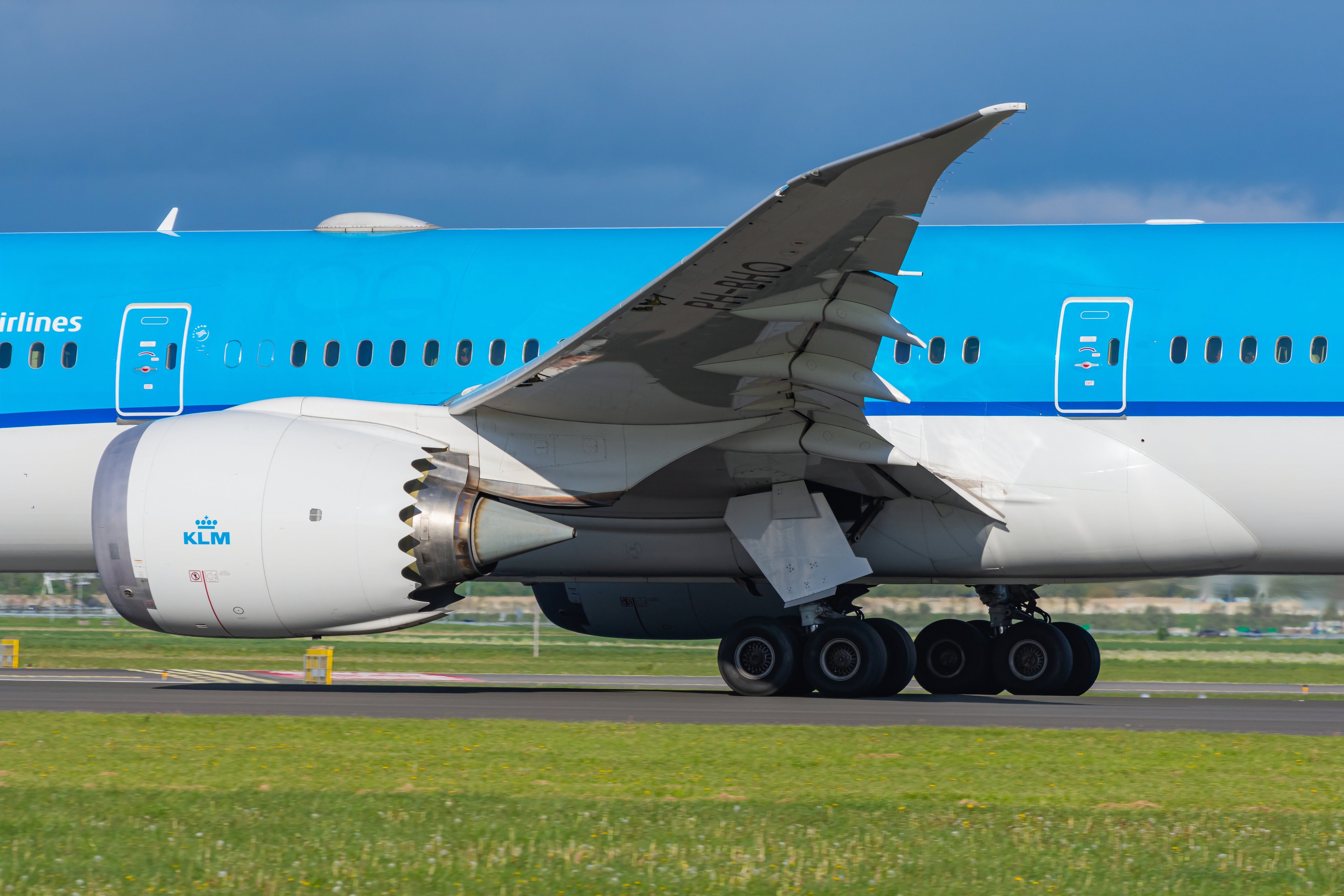
Related
How Does The Boeing 787’s No-Bleed System Architecture Reduce Fuel Consumption?
The bleed-less architecture extracts as much as 35% less power from the engines.
At the Sustainable Skies World Summit 2022 in Farnborough, England, which Simple Flying attended, CFM International president and CEO Gaël Méheust highlighted that RISE technologies will serve as the foundation for the next-generation CFM engines.
The company notes the importance of technology acquisition and maturation amid its efforts, leading to a 20% reduction in fuel and carbon emissions. Moreover, tech will be fully compatible with alternative fuels such as SAF and hydrogen, which are also crucial in the sustainability mission.
The latest program updates have been shared at the 2024 (ongoing) Farnborough International Air Show. According to Gaël Méheust of CFM International,
“The work happening today on test rigs and with research partners around the world represents an unprecedented level of new technology development in CFM’s history.”
CFM International is celebrating its 50th anniversary, reflecting on what has been achieved through the years and what is yet to be achieved in coming years. CEO Gaël Méheust expressed his excitement about working with industry partners to achieve higher goals, by stating,
“The work happening today on test rigs and with research partners around the world represents an unprecedented level of new technology development in CFM’s history. As CFM celebrates its 50th anniversary, we are acting on our clear ambition to make air transport more sustainable. With the RISE program, CFM will, once again, change the way that people fly.”
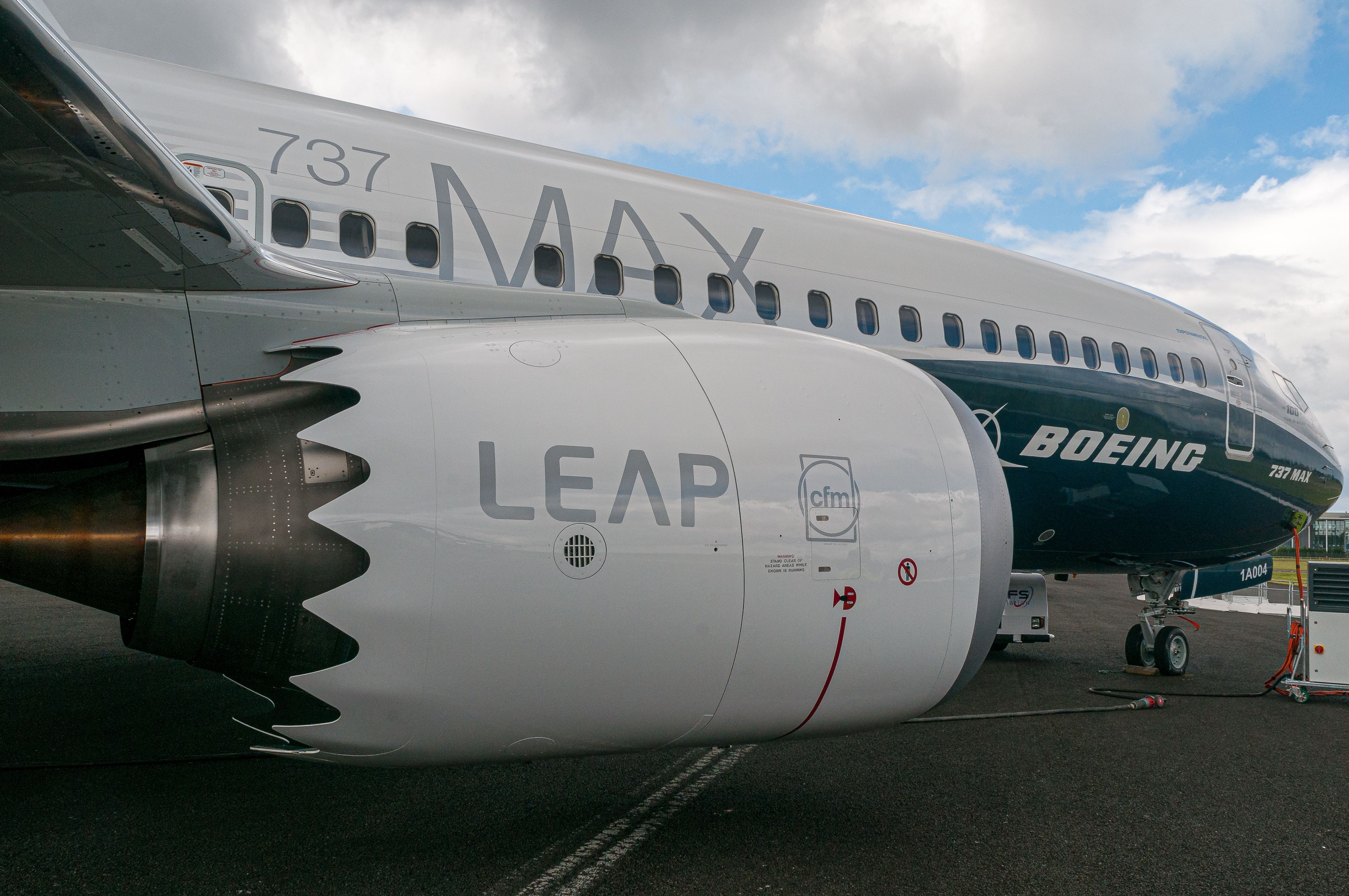
Related
CFM International Starts News Flowing From The Paris Air Show
With the Paris Air Show taking off tomorrow, engine maker CFM International has already started releasing news.
The innovation continues
Major breakthroughs in efficiency in the history of aviation were all achieved by new systems that gave way to larger fan sizes and greater bypass ratios. CFM International adds that the physics of propulsive efficiency, which is a measure of an engine’s ability to create thrust using more air, needs exactly this. Altogether, to obtain the highest level of fuel efficiency, the largest quantity of air must be propelled at the lowest exhaust velocity.
Photo: GKN Aerospace
The executive vice president of engineering and research & technology for Safran Aircraft Engines, Pierre Cottenceau, states,
“We have made significant progress in our testing plan, which confirms the benefits of the Open Fan propulsive system for the next generation of single-aisle aircraft. “We successfully completed key tests on fan acoustics, aerodynamics, and blade ingestion, and the high-speed, low-pressure turbine, while advancing hybrid electric tests for our suite of pioneering technologies.”
As the first test run of the next-generation HPT blades and nozzles has concluded on the demonstrator engine, the company has started a second HPT airfoil endurance test campaign. Compressor and combustion tests for the next-generation engine program have also started, examining the potential of advanced materials and how those change engine design and impact the environment.
The senior vice president of engineering for GE Aerospace, Mohamed Ali, expressed his enthusiasm about the advances in the engine program, by stating,
“To change the future of flight and make it more sustainable, we have to change the aircraft engine. Around the world, our engineers are rising to this challenge, developing revolutionary technologies to drive the efficiency gains needed. The Open Fan architecture is the most promising engine technology to help the industry reduce flight emissions, designed to meet or exceed customer expectations for durability and to deliver a step change in fuel efficiency using conventional or alternative jet fuels.”
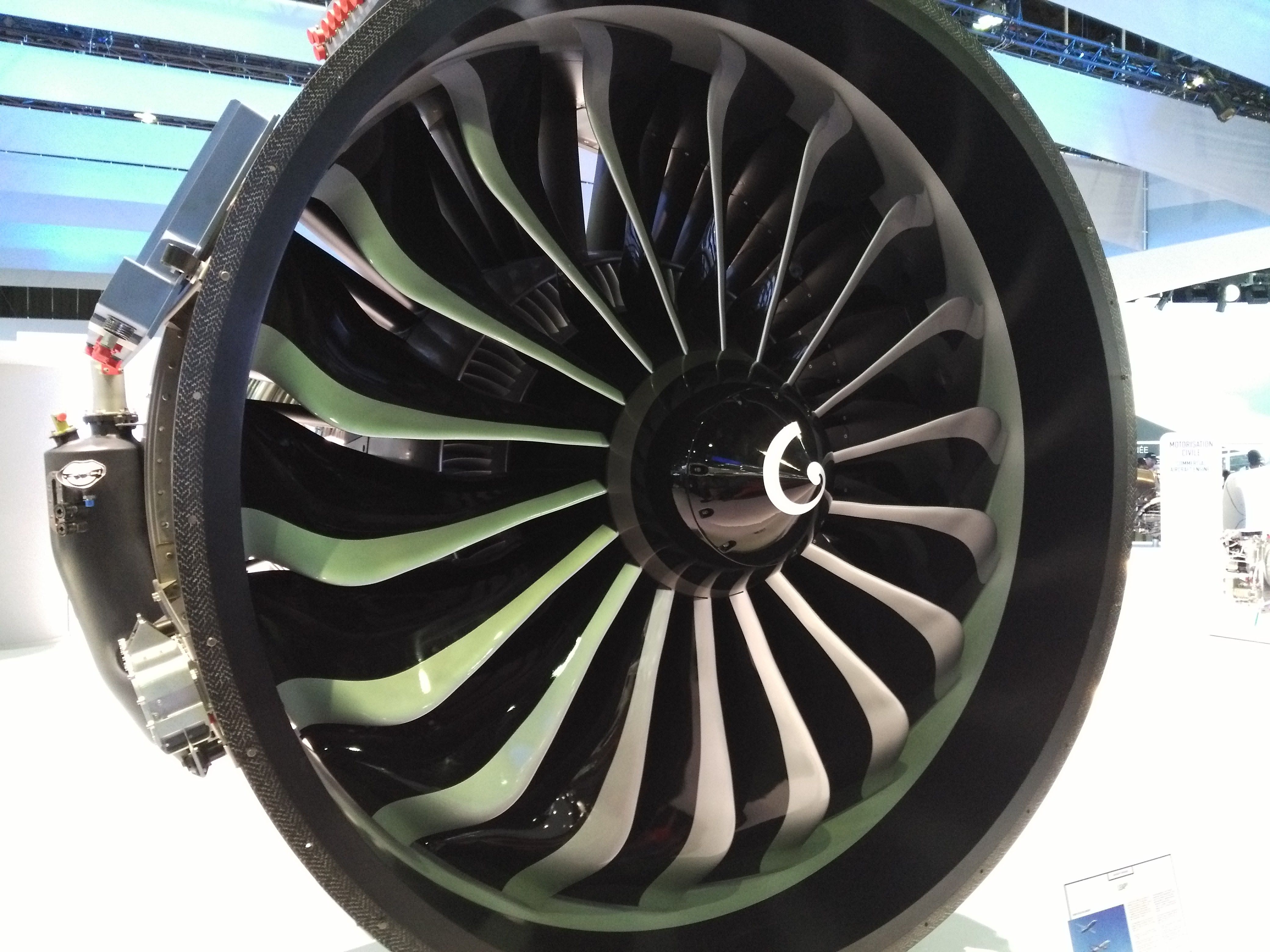
Related
The Engine Of The Future: How Does The CFM LEAP Differ From The CFM-56?
The CFM LEAP engine provides over 15% greater efficiency while retaining the reliability of the CFM-56.
Market leader
CFM International and its parent companies have had a robust history of demonstrating open fan architecture. Today, there are many ways that an open fan engine can be installed. It can fit under the wings in a low or high configuration, or at the back of the plane.
With a strong presence in the industry, having been behind the engines of the likes of the Airbus A320neo and Boeing 737 MAX families, CFM has already begun conversations with officials to make sure that all associated certification and regulatory requirements are considered and agreed for open fan engines.
Méheust emphasizes that other fields such as the advancement of hydrogen fuel will be key in the journey. So, the company is collaborating closely with the likes of Airbus to introduce zero-emission aircraft in the coming years.

